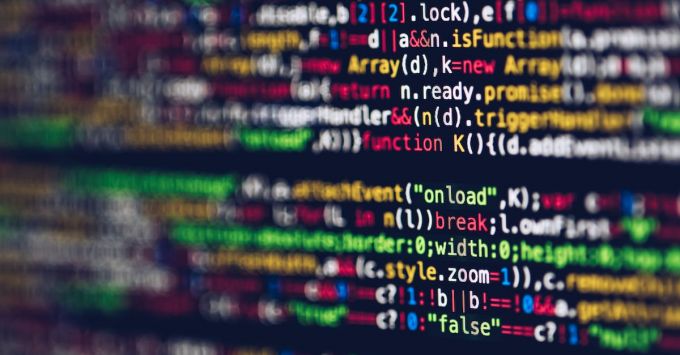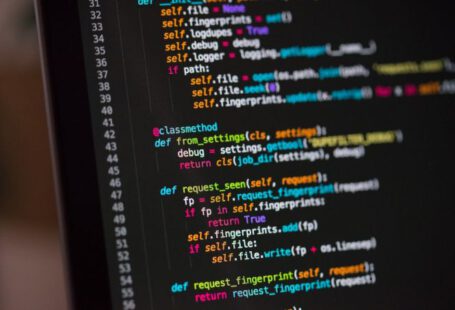JavaScript is a powerful programming language that is widely used for developing interactive websites and web applications. Whether you are a beginner or an experienced developer, having a solid understanding of the basics of JavaScript is essential. In this article, we will explore the fundamental concepts of JavaScript, including variables, data types, operators, and control flow.
Variables: Storing and Manipulating Data
In JavaScript, variables are used to store and manipulate data. They act as containers that hold values. To declare a variable, we use the `var`, `let`, or `const` keyword.
The `var` keyword is used to declare variables that have function scope or global scope. On the other hand, the `let` keyword is used to declare variables that have block scope. Finally, the `const` keyword is used to declare constants whose values cannot be changed.
Data Types: Understanding the Different Types of Values
JavaScript has several built-in data types, including numbers, strings, booleans, arrays, objects, and null. Numbers are used for numeric values, strings for text values, and booleans for true/false values. Arrays are used to store multiple values in a single variable, while objects are used to store key-value pairs. The null data type represents the absence of any object value.
Operators: Performing Operations on Values
JavaScript provides a wide range of operators for performing operations on values. Arithmetic operators, such as addition (+), subtraction (-), multiplication (*), and division (/), are used to perform mathematical calculations. Comparison operators, such as equal to (==), not equal to (!=), greater than (>), and less than (<), are used to compare values. Logical operators, such as AND (&&), OR (||), and NOT (!), are used to combine or negate boolean values.
Control Flow: Making Decisions and Repeating Actions
Control flow refers to the order in which statements are executed in a program. JavaScript provides several control flow statements, including if…else statements, switch statements, and for and while loops.
The if…else statement is used to make decisions based on a certain condition. It allows us to execute a block of code if the condition is true, and a different block of code if the condition is false.
The switch statement is used to select one of many code blocks to be executed. It checks the value of an expression and executes the corresponding code block.
Loops, such as for and while loops, are used to repeat a block of code multiple times. The for loop is used when we know the number of times we want to repeat the code, while the while loop is used when we want to repeat the code as long as a certain condition is true.
Conclusion: Building a Strong Foundation in JavaScript
In conclusion, understanding the basics of JavaScript is crucial for anyone looking to become a proficient web developer. By grasping the concepts of variables, data types, operators, and control flow, you will be able to build powerful and interactive web applications.
Remember to practice writing code and experimenting with different examples to reinforce your understanding of these concepts. JavaScript is a versatile language with endless possibilities, and by mastering its basics, you will be well on your way to becoming a proficient developer.
So, dive in and start exploring the world of JavaScript. Happy coding!





